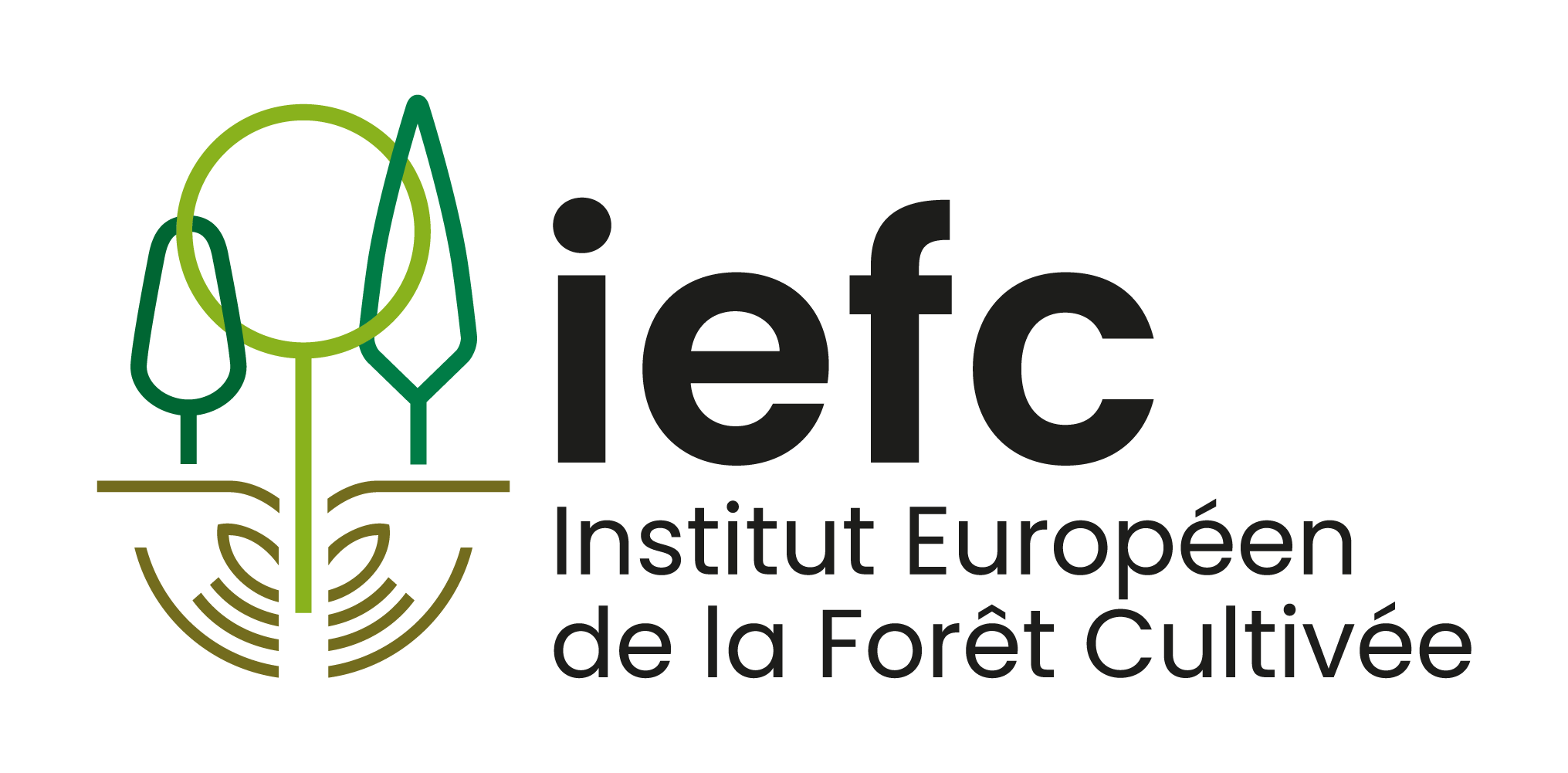Using somatic embryogenesis as a means to supply and mix adapted varieties in an economic way to encounter the climate crisis: the project MULTIFOREVER develops new strategies.
In a context that will require more and more specific plantable material in response to increasing demands, the selection process can be sped up in conifers using multi-varietal plantations. In such a strategy selected varieties are deployed in mixtures through an innovative vegetative propagation method, somatic embryogenesis, skipping the need for seed-orchards. This paper presents the main ideas and innovations from the MULTIFOREVER project and how it can contribute to tackle some of the actual forest sector challenges.
Towards sustainable management of productive plantation forests
The share of planted forest is continuously increasing to face the world surge in demand for forest wood products (+50% by 2050; FAO), and thereby could significantly help to reduce the logging pressure on native forests. Within this trend, intensively managed plantations are becoming the principal source of roundwood production (33%). The rapid growth, productivity and adaptability to both a variety of ecological conditions and industrial processes, makes conifers currently the main contributors to plantation forests. One major issue to sustain productivity is to invest in genetic breeding of highly valuable species like pine, larch, Douglas-fir or spruce. These conifers are still largely of natural origin and carry significant genetic diversity in their natural and bred populations. High genetic gain can therefore be obtained for important traits after each breeding cycle. But this is a quite slow process requiring a high-performance system for the deployment of improved varieties.
Traditionally, new varieties are produced in open-pollinated seed orchards through sexual reproduction of selected trees (seed-based forestry). This is a versatile, low-cost strategy but with significant delay to reach the sexual maturity of seed progenitors. Moreover, varietal performance is mostly assessed at the familial level; the performance of individual seedlings remains unknown.
An alternative, complementary strategy would be to directly multiply any selected tree, true-to-type, through vegetative, asexual propagation methods (clonal propagation). In this way, varietal performance would be rated at both familial and individual (genotype) levels and directly delivered.
A possible option for the future, this strategy is called Multi-Varietal Forestry (MVF). The main advantages of MVF over seed-based forestry is that more genetic gain can be achieved per breeding cycle. Hence, breeders and tree growers benefit from increased flexibility to cope with changing environmental and socio-economic issues, i.e. at each rotation new and better adapted varieties can be used. More specifically, MVF provides a method to produce genetic diversity of clonally propagated, elite varieties. After having defined the genetic gain associated with mixtures of tested clones for a trait of interest, the necessary genetic diversity in a clonal mix of elite, top-ranking clones can be set. Finally, the genetic gain can be optimized by choosing the best combination of clones. This is how MVF can contribute to the sustainable management of productive plantation forests.
MULTIFOREVER’s tool: vegetative propagation of conifer varieties through somatic embryogenesis
At the mature stage (the time when valuable traits are expressed), most conifers are resistant to conventional clonal propagation through cuttings. MULTIFOREVER is focused on developing somatic embryogenesis (SE) as a powerful, alternative vegetative propagation method (in vitro process) to access the multiplication of tested trees. Currently the most advanced SE technology allows high-throughput multiplication of seed embryos. Several steps have to be controlled, from initiation and multiplication of embryogenic tissue (immature somatic embryos), to production of mature embryos and conversion to somatic plants similar to standard seedlings. One main issue is that embryogenic tissues can be easily cryopreserved at ultra-low temperature at the juvenile stage while somatic plants obtained from these tissues are field tested. After the evaluation period, the best trees of various backgrounds can be multiplied by SE from the cryostock. SE therefore provides an access to the retroactive vegetative propagation of selected trees.
International, application-oriented collaborative research efforts in the frame of MULTIFOREVER may allow careful selection and cost-effective, rapid deployment (and turn-over) in plantation forests of elite trees expressing natural or induced adaptation response to environmental stress and providing sustained productivity in wood biomass. We are focused on a number of valuable species with ongoing strong breeding programs in Europe (European and hybrid larches, Norway spruce, Douglas-fir, maritime, loblolly and radiata pines) and Argentina (loblolly and hybrid slash x Caribbean pines).
The overall aim of MULTIFOREVER is to develop in EU and Argentina a value-added chain and joint strategy to bring high-quality SE trees at competitive costs into plantation forests to enable MVF.

Some significant MULTIFOREVER achievementsto date:
Despite of the lockdown, we were able to exchange young SE plants between different countries and to establish demonstration plots for multi-clonal as well as seed-standard mixtures for several species (Douglas-fir, hybrid larch, Norway spruce). These trials could prefigure the first cross-European perspective for conifer MVF based on SE. We hope to reach and convince foresters, plant producers and land owners by demonstrating the potential of our plantation strategy, which also deals with climate change. With SE-supported forestry, breeding could be massively shortened as we can draw on cryopreserved clone collections from directed crosses of selected progenitors.
Furthermore, we can advance our SE-system using different approaches:
I) exposing somatic embryos to temperature stress at an early stage (‘priming’) so they form a kind of memory during their development and exhibit later (at the stage of growing plants) tolerance to abiotic stress, like drought. Promising results have been obtained in a pine species with huge potential benefits to breeders for inducing new traits that would be very useful to cope with climate change. Understanding the priming mechanisms (ongoing with several accepted MULTIFOREVER scientific publications) would enable the development of new ‘breeding’ tools.
II) we will try to directly multiply mature trees – by this, valuable time could be saved by multiplying trees with known characteristics such as already ‘tolerant’ trees to biotic or abiotic stress. New, adapted varietes would be available more quickly. The possibility to obtain embryos from vegetative explants like buds has been already demonstrated in spruce (Varis et al. 2018); and now we are studying genetic factors affecting SE-initiation to be able to better understand what triggers the process and to enhance it.
III) some SE in vitro steps are still expensive under laboratory conditions. We are developing bioreactor culture systems to make the SE-process more effective and scaled-up. In addition we are looking for automation to reduce the need for manual labor at some steps. The expected benefits would be a reduction in the production costs of somatic plants to make it competitive with that of a conventional seedling.
Interested in further details? Please, contact us!
Andrea Rupps (andrea.rupps@hu-berlin.de) & Jean-François Trontin (jean-francois.trontin@fcba.fr) Co-coordinators of MULTIFOREVER
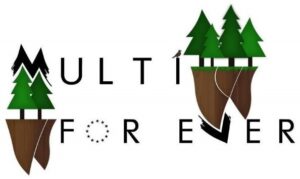
Towards intensification of conifer production thourgh multi-varietal forestry based on somatic embryogenesis
(under construction)
MULTIFOREVER is a Consortium born from the networking activities of the IUFRO 2.09.02 Unit.
It involves 7 expert teams in conifer SE from 6 countries in Europe and Argentina.
| Germany | Argentina | Finland | Spain | Sweden | |
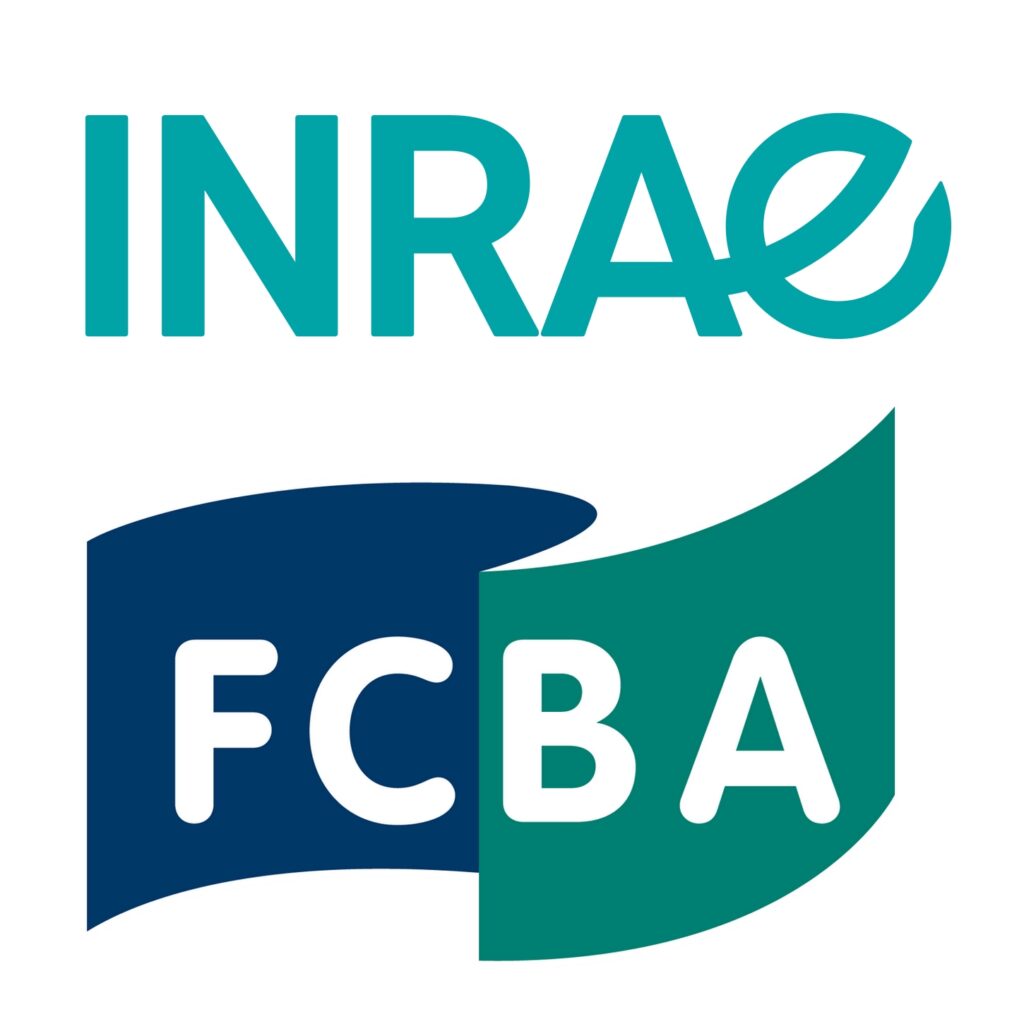 | 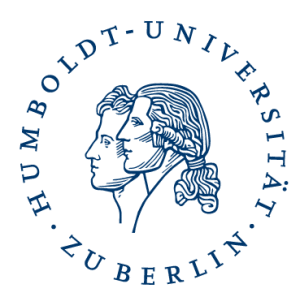 | 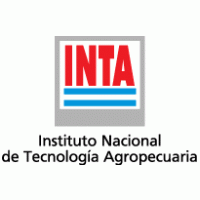 | 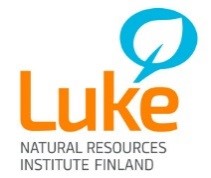 |  | 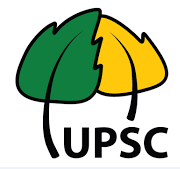 |
| J.-F. Trontin M.-A. Lelu-Walter | A. Rupps | M.A. Gauchat | T. Aronen | P. Moncaleán | U. Egertsdotter |
Project MULTIFOREVER is supported under the umbrella of ERA-NET Cofund ‘ForestValue – Innovating forest-based bioeconomy’ by ANR (FR), FNR (DE), MINCyT (AR), MINECO-AEI (ES), MMM (FI) and VINNOVA (SE). ForestValue has received funding from the European Union’s Horizon 2020 research and innovation programme under grant agreement N°773324
Authors: Jean-Francois Trontin (FCBA), Juliane Raschke (HUB), Paloma Moncaleán (NEIKER), Andrea Rupps (HUB)
